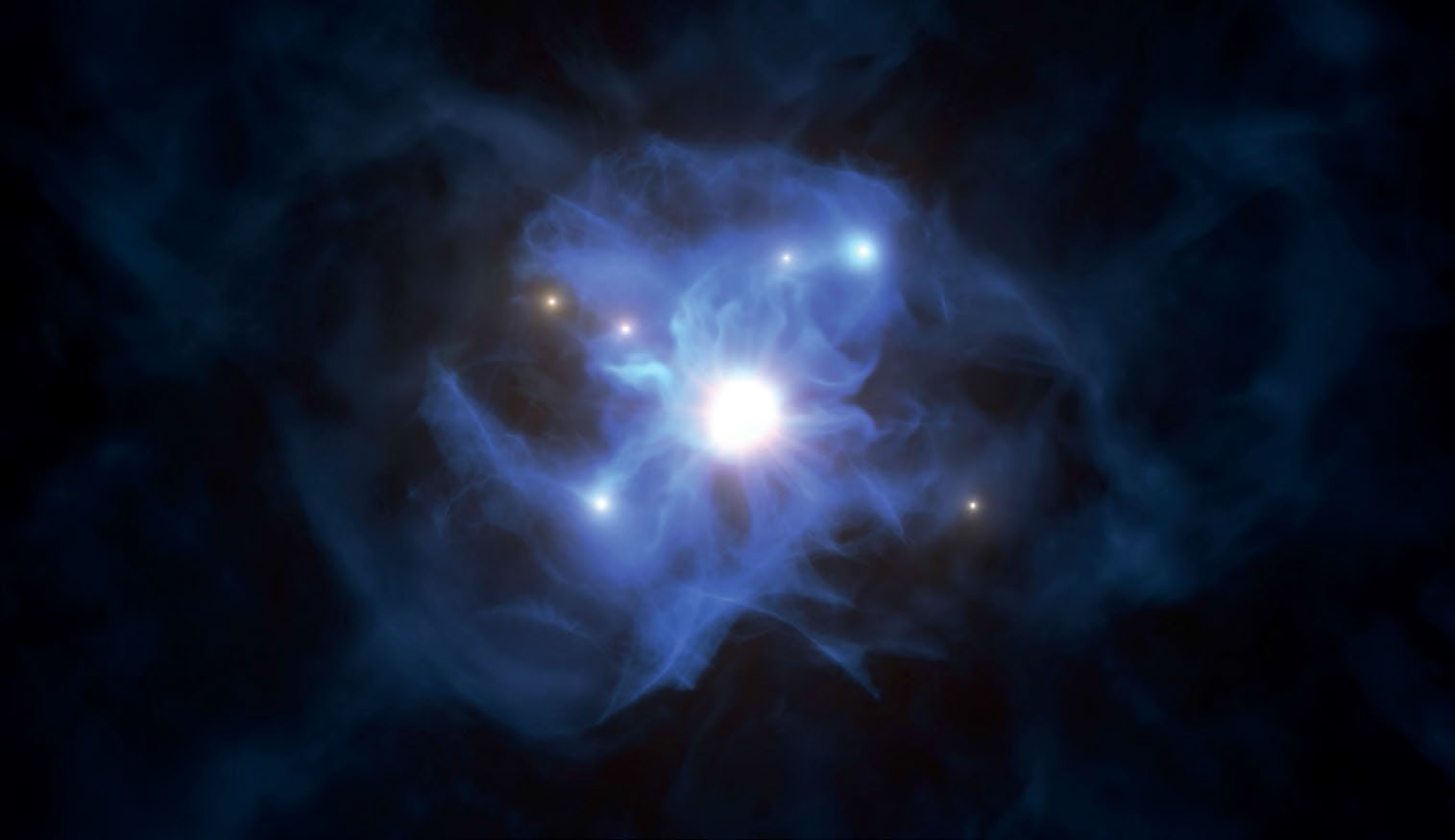New data from the European Southern Observatory’s (ESO) Very Large Telescope (VLT) in Chile and other observatories gives astronomers a sense of black hole evolution when the universe was less than a billion years old. One mystery of supermassive black holes is how they got so large, some containing billions of times the mass of the Sun. Supermassive black holes are also relatively common: they lurk at the hearts of most, if not all, galaxies, including our own Milky Way. The new observations give fuel to the idea that such black holes grow in gassy environments within large, web-like structures.

© ESO
“This research was mainly driven by the desire to understand some of the most challenging astronomical objects - supermassive black holes in the early universe,” said Marco Mignoli, an astronomer at the National Institute for Astrophysics in Bologna, Italy. “These are extreme systems, and to date we have had no good explanation for their existence.”